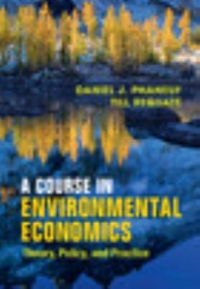Answered step by step
Verified Expert Solution
Question
1 Approved Answer
please help me answer this questionYou can refer to this book, the question is on page 716 many thanksplease Please answer your original answer, don't
please help me answer this questionYou can refer to this book, the question is on page 716many thanksplease Please answer your original answer, don't miss any question and be detailed, thank you Environmental and Natural Resource Economics A Contemporary Approach Fifth Edition
Pdfbookhttps://drive.google.com/file/d/1FK-2mEf2GwdwuvHOR60IiDR420xw7dKk/view?usp=drive_link




Step by Step Solution
There are 3 Steps involved in it
Step: 1

Get Instant Access to Expert-Tailored Solutions
See step-by-step solutions with expert insights and AI powered tools for academic success
Step: 2

Step: 3

Ace Your Homework with AI
Get the answers you need in no time with our AI-driven, step-by-step assistance
Get Started


